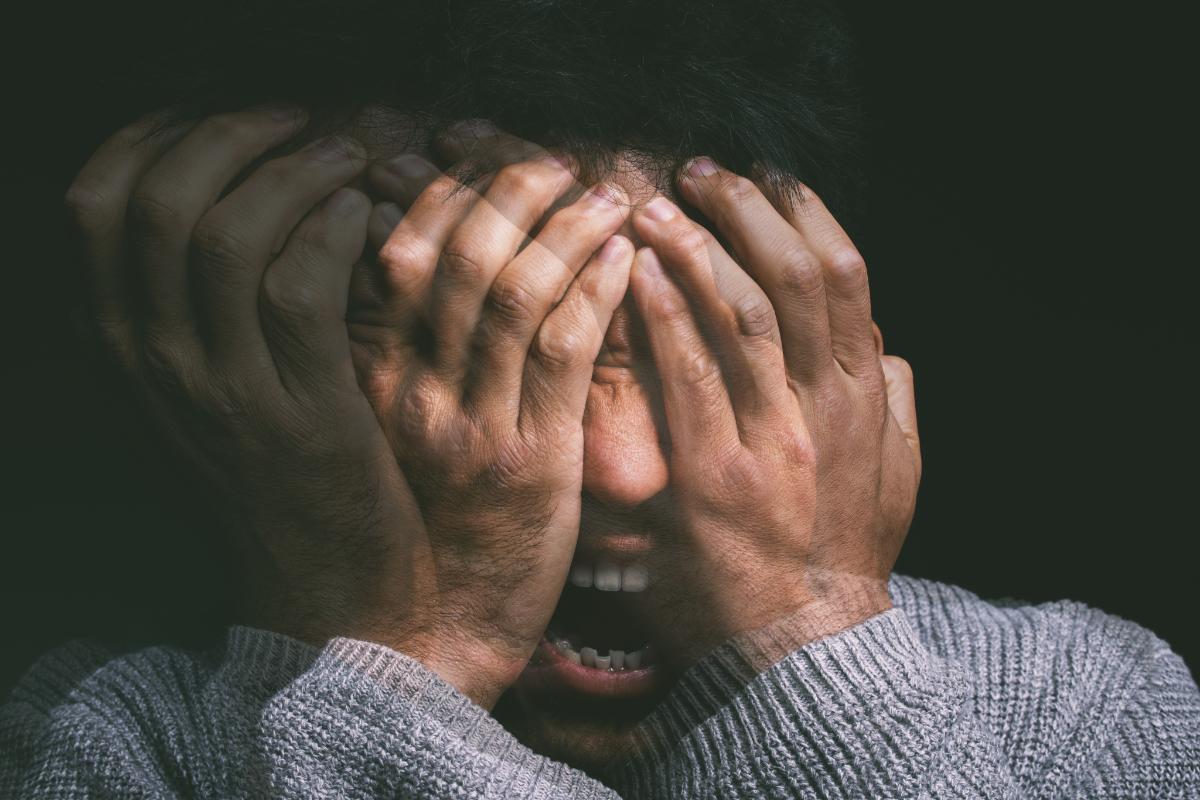People often use the terms panic attack or anxiety attack to refer to the same experience. However, there are key differences between a panic attack vs. an anxiety attack. Knowing the differences can help your teenager find the right anxiety treatment program if they regularly suffer from panic attacks or anxiety attacks.
Furthermore, understanding the difference between the two conditions can help your teen manage the symptoms. This is especially true if either condition triggers an addiction to drugs or alcohol. Like adults, teenagers may often turn to a substance as a form of self-medication. While this occurs more with anxiety disorders, stress can also cause a teen to turn to substance abuse.
Let’s take a closer look at how you can identify the differences and similarities between a panic attack vs. anxiety attack.
Signs of a Panic Attack vs. an Anxiety Attack
Some symptoms of panic attacks vs. anxiety attacks overlap, but you can look for some distinguishing features of each in your teenager, including:
Panic Attack
- Pounding heartbeat
- Feeling dizzy or lightheaded
- Sudden chills or hot flashes
- Tingling in the arms or legs
- Difficulty breathing or shortness of breath
- Stomach problems such as nausea or sharp pain
Anxiety Attack
- Tightness or pain in the chest
- Dry mouth or feeling hydrated
- Fear or paranoia mixed with agitation
- Sudden spasms or pain in the muscles
- Rapid heartbeat
- Feeling of being choked or smothered
Other symptoms that both have in common include loss of concentration, an overall feeling that something is wrong, inability to sleep or function, and an intense amount of worry or distress. Both a panic attack and an anxiety attack can wear out your teen emotionally and make them feel tired all of the time.
What Causes an Attack?
A teen who suffers from a panic or anxiety attack can tell you that nothing has to trigger it. Sometimes these attacks can come on without warning and then disappear as fast as they came. However, some underlying factor is generally connected to the attack. Some of the most common causes of attacks include:
- A tremendous amount of stress at work or school
- Problems in your relationships
- Nicotine, caffeine, drug, or alcohol addiction
- Body chemistry or chemical imbalance
- Post-traumatic stress disorder (PTSD)
- Phobias or high level of real or perceived fear
Managing Stress and Anxiety
If you have a teenager who regularly suffers from panic attacks or anxiety attacks, it is important to help them manage their stress and anxiety. This can be done through a variety of methods, including:
- Counseling or therapy: This can help your teen understand the root of their anxiety and learn coping mechanisms.
- Relaxation techniques: Yoga, meditation, deep breathing exercises, and journaling can all help your teen learn how to calm their body and mind.
- Support groups: Joining a support group for people with anxiety can provide your teen with valuable peer support.
- Healthy lifestyle habits: Eating healthy foods, getting enough exercise, and avoiding caffeine and alcohol can all help reduce stress levels.
It is also important to be there for your teen when they are having an attack. Offer reassurance that they will get through it and that you are there for them. Let them know that they are not alone in this.
What Type of Treatment Is Available for Attacks?
Substance abuse can both trigger panic attacks or anxiety and get worse because of either. Your teen may drink alcohol to self-medicate or calm down after an attack. Likewise, an addiction may be causing them to have more anxiety.
Dual diagnosis treatment is available for both anxiety and panic attacks. You can meet with a therapist to discuss dual diagnosis treatment for both anxiety and drug or alcohol addiction. By getting the right treatment, your teen can address both issues and overcome the symptoms. To find out more about what treatment is available for panic attacks and anxiety attacks, call Foothills at Red Oak at 866.300.5275 or contact us online.









